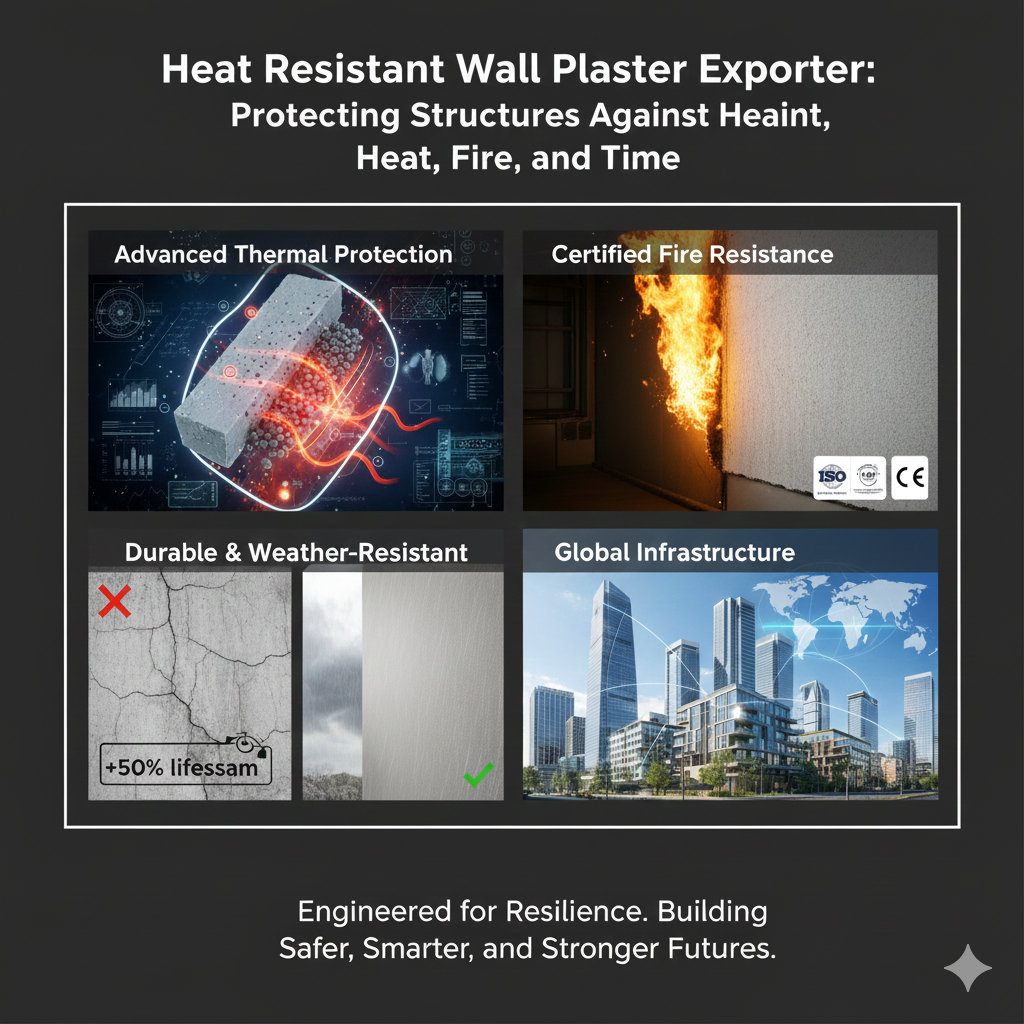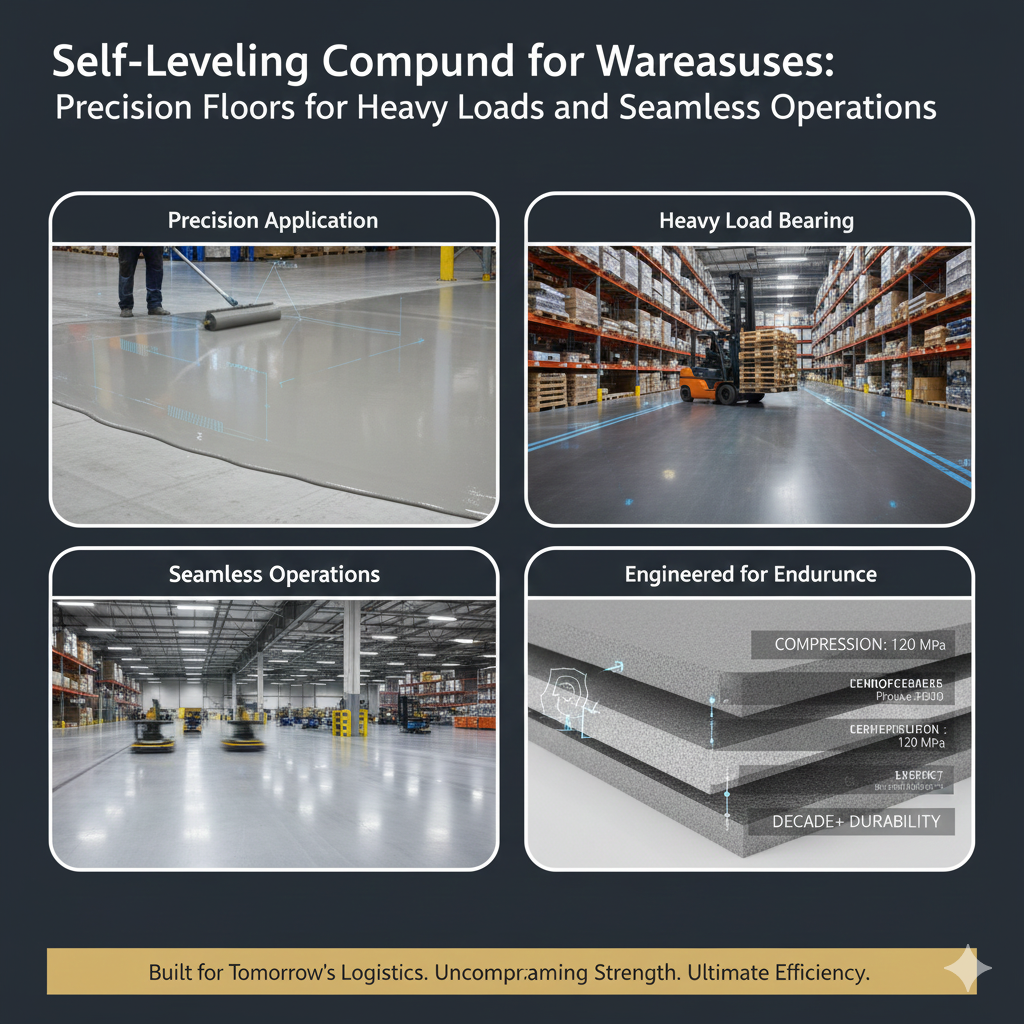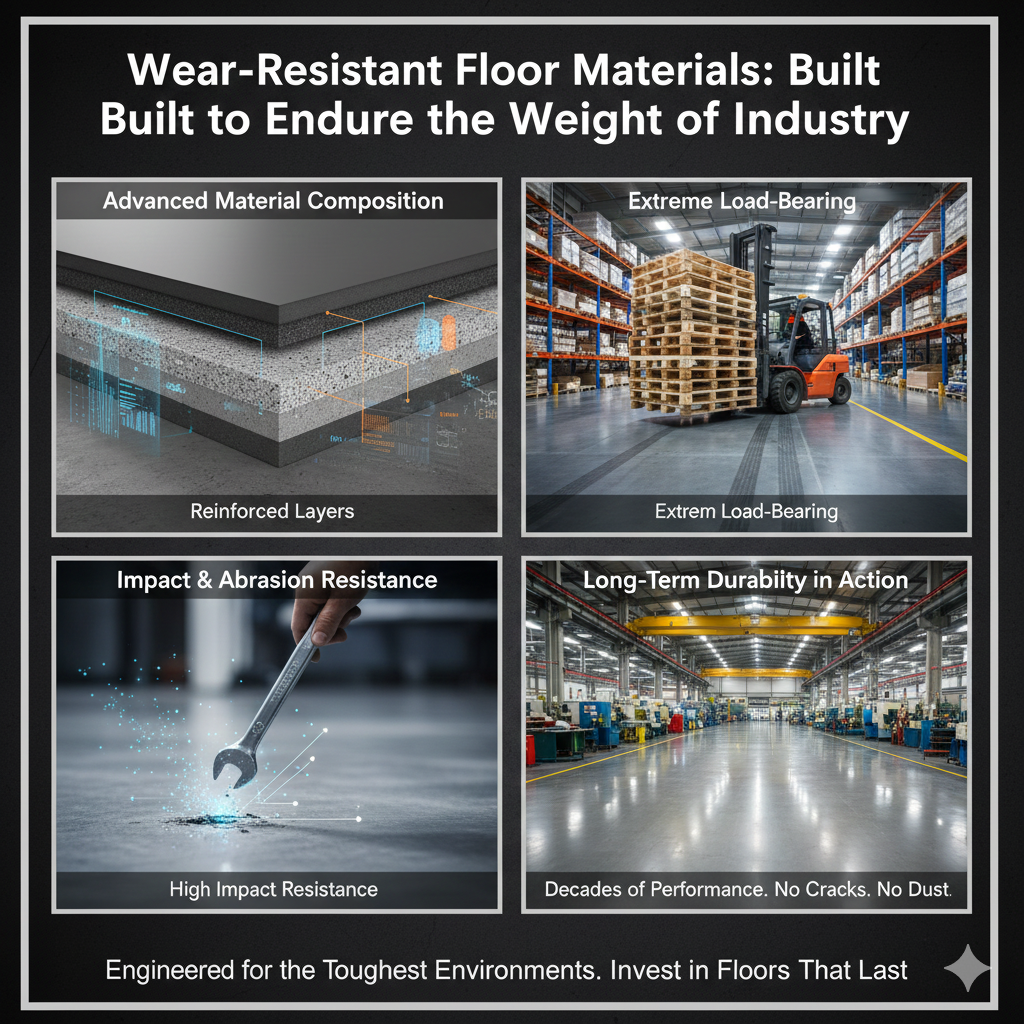Understanding Lightweight Mortar Performance Standards in Modern Construction
The construction industry is continuously evolving, seeking materials that are not only robust but also contribute to efficiency and sustainability. Among these innovations, lightweight mortar has emerged as a significant advancement, offering numerous benefits over traditional cement mortars. Adherence to defined lightweight mortar performance standards is crucial to ensure these materials deliver on their promise of reduced weight without compromising structural integrity, making them a focus for architects and builders aiming for smarter construction solutions. These standards govern various aspects, from compressive strength to density and durability, ensuring that lightweight mortar meets the rigorous demands of contemporary building projects.
Lightweight Mortar and Structural Integrity: A Balancing Act
A primary concern with any lightweight building material is its ability to maintain structural integrity. The development and application of lightweight mortar and structural integrity go hand in hand, driven by innovative engineering. Modern lightweight mortars are specifically designed to retain essential structural capabilities even with a significant weight reduction. Performance standards dictate minimum strength requirements, ensuring that even with reduced density, the mortar can adequately bear loads and resist stresses. This is often achieved through the use of specialized aggregates and advanced chemical formulations that create a strong yet lighter matrix. Consequently, buildings can benefit from reduced dead loads on foundations and structural frameworks, potentially allowing for more cost-effective designs or the addition of more floors without overburdening existing structures. The adherence to these performance standards is paramount for safe and durable construction.
Versatile Applications: From Interiors to Ceilings
The versatility of lightweight mortar extends its use across various construction applications, significantly enhancing project efficiency. For interior applications, lightweight interior plaster offers a less cumbersome alternative to traditional plasters, making application easier and faster, especially on vertical surfaces and overhead areas. This ease of handling translates to reduced labor costs and quicker project completion times. Specifically, lightweight mortar for ceilings is a game-changer, as its reduced density minimizes the strain on ceiling structures and makes the application process less physically demanding for workers. Its adaptability means it can be used for both interior renovations and expansive infrastructure projects, always aiming for professional and refined finishes without compromising on performance. The standards for these applications ensure appropriate adhesion, crack resistance, and surface finish.
The Science Behind the Lightness: Aggregates and Composition
The "lightweight" property of these mortars primarily comes from the type of aggregates used in their composition. Instead of traditional heavy sand and stone, lightweight aggregate mortar incorporates materials like expanded perlite, vermiculite, pumice, or specially formulated synthetic aggregates. These materials have a much lower bulk density compared to conventional aggregates. Similarly, the use of lightweight sand for mortar contributes significantly to the overall weight reduction. The selection and proportioning of these lightweight aggregates are critical and are guided by performance standards to ensure that the final mortar product meets requirements for strength, workability, and durability. The advanced materials used can also contribute to other beneficial properties, such as improved thermal insulation and fire resistance, adding further value beyond just weight reduction.
Meeting Performance Standards: Ensuring Quality and Reliability
The benefits of using lightweight mortar, including simplified handling, reduced transportation costs, and addressing structural load challenges, are fully realized when the material adheres to established lightweight mortar performance standards. These standards cover a range of properties such as density, compressive strength, bond strength, water absorption, and durability under various environmental conditions. Modern lightweight mortars are engineered to meet these demands, often incorporating eco-friendly aspects and advanced materials. For architects and builders, specifying mortars that comply with these standards provides assurance of quality and long-term performance. This compliance is vital for ensuring that the lightweight mortar contributes positively to the overall safety, efficiency, and sustainability of the construction project, making it a smarter choice for the future.
The Future is Lighter: Embracing Lightweight Mortar
The adoption of lightweight mortar, guided by stringent performance standards, signifies a move towards more intelligent and efficient construction practices. It offers a compelling alternative to traditional materials by reducing structural loads, simplifying logistics, and often enhancing other properties like thermal insulation. As innovations continue, the performance of lightweight mortar will likely improve further, expanding its application range. Ensuring that products like lightweight interior plaster and lightweight aggregate mortar meet these crucial lightweight mortar performance standards will be key to their successful integration into the construction landscape, promising a future where buildings are not only strong but also built with greater efficiency and lighter materials.






